
Development and Introduction of New Energy
| [Hydroelectric and geothermal power generation] | |
|
Hydroelectric and geothermal power generation are important domestic energy sources. As no CO2 is emitted during generation, they are also excellent power generation methods in addressing global warming issues. Hydroelectric and geothermal powers are also characterized by the fact they are generated mainly in resource-rich natural areas, and yield only certain amounts of energy. Kyushu Electric strives to use these energy sources more efficiently while giving due consideration to the surrounding landscape and environment. Kyushu Electric's geothermal power generating facility capacity is 39% of Japan's national total. |
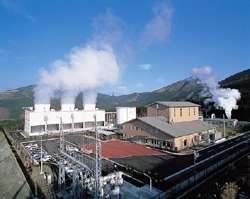 Takigami Power Station [geothermal] (Oita Prefecture) |
|
||
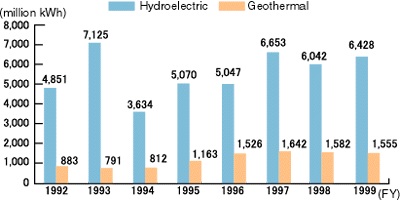
|
| [Wind and photovoltaic power generation] |
|
One disadvantage of generation methods utilizing natural energy such as wind and photovoltaic powers is that the amount of power produced is unstable, being dependent on weather and other conditions. Power generation costs are subsequently high due to their low energy density. Under the current situation, these methods can not fulfill the task of becoming a key energy source in the way that thermal and nuclear power generation can. However, Kyushu Electric has implemented measures such as offering subsidies to customers and continuing to conduct technical research into new energy within the company. The company also implements the favorable power purchase system, on the basis that these are clean energy sources that place little burden on the environment and have low CO2 emissions. |
|
||
| Kyushu Electric has introduced photovoltaic and wind power generation facilities in its premises to conduct technical research and collect data. Facility capacity as of the end of fiscal 1999 was 325kW (22 locations) and 1,750kW (6 units) for photovoltaic power generation and wind power generation respectively. |
|
||
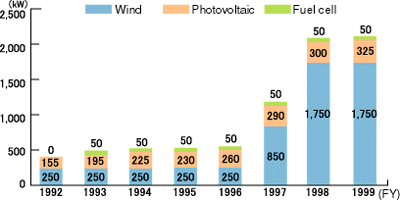
|
| • Purchase of power from customers |
| Kyushu Electric supports the utilization of new energy with initiatives such as offering customers the favorable system. In this system, Kyushu Electric purchases surplus power generated at customers' wind or photovoltaic power generation facilities at the same unit price as Kyushu Electric's power supply. In fiscal 1999, Kyushu Electric purchased 3.95 million kWh (3,735 contracts) of photovoltaic power, and 2.82 million kWh (9 contracts) of wind power generation through this system. |
|
||
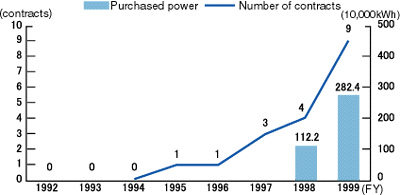
|
|
||
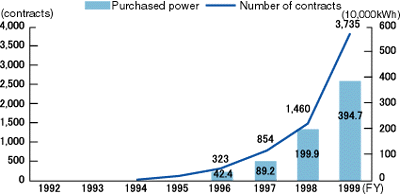
|
|
|||
| One of Kyushu Electric's larger-scale measures is to offer cooperation and support towards the "Renewable Energy Promoting People's Forum West Japan"(R.E.P.W), a NGO which undertakes activities to promote the introduction of photovoltaic power generation at households. This group actively promotes photovoltaic power generation as a means of tackling environment and energy issues. |
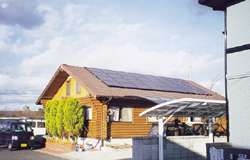 unknown sorce |
||
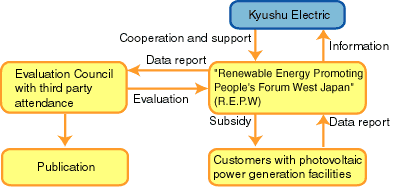
| • Photovoltaic power generation promotion activities by R.E.P.W |
|
| • Subsidy for R&D into new energy |
|
Kyushu Electric offered researchers in Kyushu a subsidy to conduct research into better utilization of photovoltaic and wind power generation. In response, Kyushu Electric received 29 applicants and consequently selected 5 excellent research themes to receive the subsidy. The research period is from FY 1999 to FY 2000. Research results will be presented at a symposium Kyushu Electric will hold in FY 2001. |

|

|



 This mark means acrobat data.
This mark means acrobat data. 

